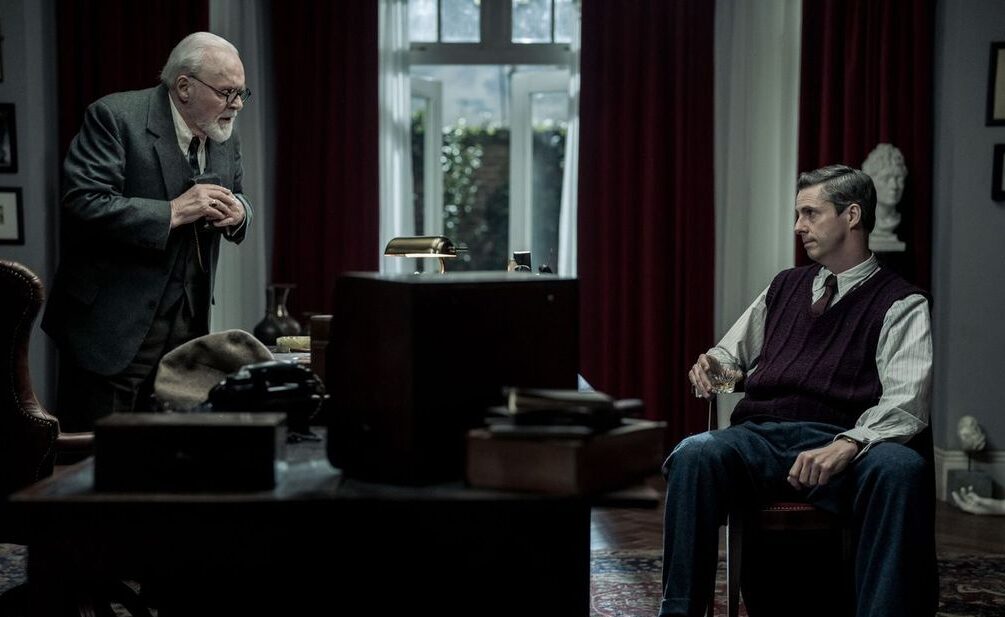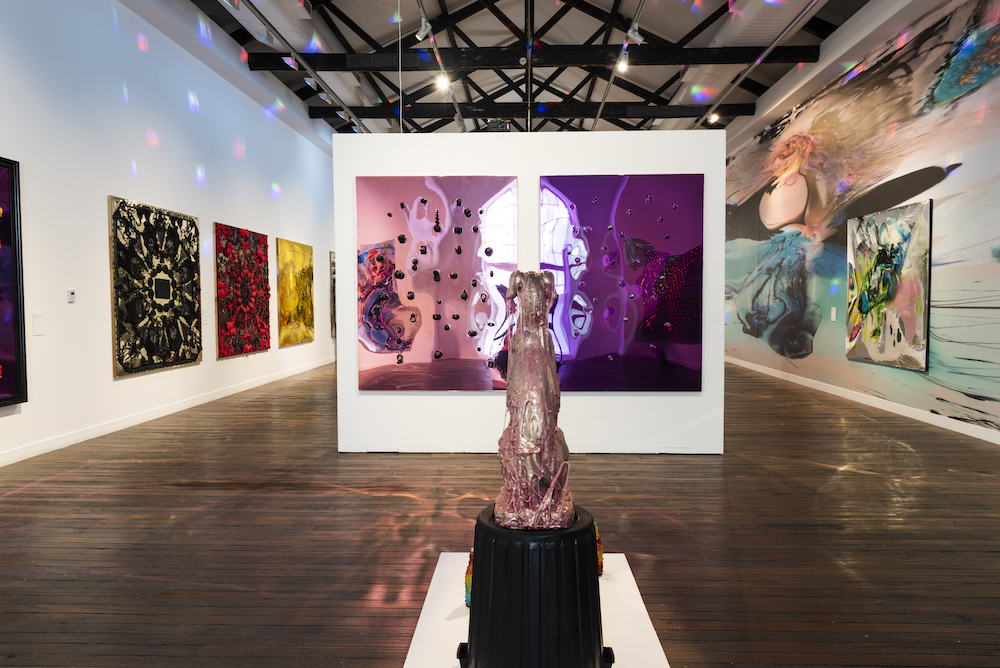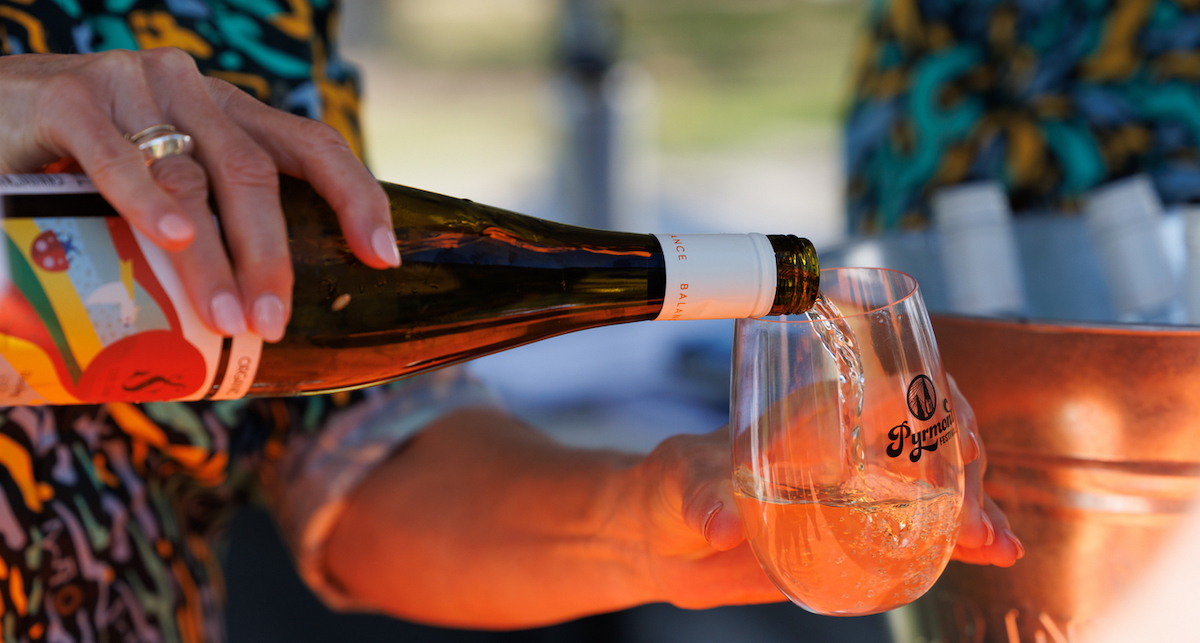

Paris is Still Burning.
In 1990 the indie doco known as Paris is Burning, directed by Jennie Livingston, premiered. It chronicles the ballroom dance culture and the Latino, African-American, trans and sex work sub-cultures and communities that were later commercialised in Madonna’s song, ‘Vogue’. Drag, cross-dressing and raunchy dressing up, were presented as a complex performance of gender, class, and race. The communities depicted in the film include a diverse blend of identities and gender configurations, from drag queens to gay men, to butch queens to femme queens, to transgender people of all proclivities and identifications.
But Paris is still burning, even in the New York snow. Sara Jordenö, the Swedish documentary filmmaker and visual artist, is behind the camera as well as being the director on this doco on the “kiki” sub-culture. Kiki is in many ways derivative of Paris is Burning, a film that sits in this writer’s all-time top ten list. It seems such a long time ago that I revelled at the film I first saw in San Francisco. Upon release, the documentary received critically awesome reviews and won several awards including a Sundance Grand Jury Award.
At 2015 Sundance there was a screening of Paris Is Burning, almost a quarter a century from its debut alongside Kiki. Kiki tells the story of the modern scene in New York and explores the world beyond the ballroom. Much has changed now – they are still strugglers in a marginalised community but today live in a world where gay marriage is possible and sadly terrorism is a reality. A speech by Obama about GLBTI rights is featured in the film. Sadly, I saw the film the day before the Orlando incident, and this speech was strangely prescient of the one he made last weekend.
The film is about a new generation of marginalised American queer and trans performance artists surviving by doing an occupation that is illegal in America, that is, sex work. Many, like their antecedents, are living with HIV, in a country with limited health care, and to whom the words innovative, creative and spectacular are understatements of their legacy. In Australia, glimpses of this performative subculture can be seen at events like Mardi Gras, Inquisition, Hellfire and the BDSM subculture, but the original Harlem roots of vogue and ballroom must never be forgotten.
The film and the subculture is funny as well. What is “Unbothered Cartier, Pink Lady, Bangy C*nt?” A type of yuppie rainbow martini? A type of watch? A brand of apple? Wrong. Guess again. They are all names of “houses” in the Kiki vogue subculture. These houses are not only competing groups for cash prizes in a bitchy and flamboyant microcosm but offer the new queer youth a chance of love and stability as many have been bullied out of their homes of origin due to homophobia or transphobia. On a positive note, many of the parents and families of the participants are beautifully and movingly supportive of their prodigious progeny. The class differences between these marginalised players and white Anglo gays is strongly presented in the profiles.
To the director’s credit, differing views of sex work are presented. Notably, the director, as well as some of the funding, came from Sweden, where sex work is not illegal, but clients are. When I cornered her on this question from the audience, in a Q&A, about the Swedish model of sex work legislation, she said: “It’s a nightmare. It’s not working.” The director said the process of making the film had changed her views to pro-sex work feminist.
I also asked the director about what happened to the participants in Paris is Burning in New York in 1990. Sadly, all except for one, she said, Junior, a.k.a., Opulence, all had passed away. Since most of the participants were living with HIV, it’s hard not to make a comparison with Australia where HIV rates are far lower, and survival rates are higher. This is due to education, decriminalisation, free condoms, information, harm minimisation, accessible health care and better government policy.
Although queers of yesteryear were honoured dancing at Rockland ball room via archival footage, I wanted to see more of the original players, who just seem to have disappeared with their tragic lives. I grieved for them and although Kiki was a smart and savvy film and covered the New York subculture and voguing, it lacked some of the raw intensity of the original film by Livingstone. It seems like only yesterday I met Jennie in the Hellfire club in the Meat Packing district of New York.
Many of the scenes were derivative and paid homage to Paris is Burning, but this writer would have liked to see more about the film’s original inspirations – subjects who seem to have been forgotten within the diegesis of the film. Although they were featured in the publicity and marketing material, I think it would have been more honourable to have included references by way of archive or interview. I only discovered most of the subjects were dead from the director, post-screening, again in the Q&A. Youth is not lost on the young, but with time, all youth becomes old, history repeats, and sadly is sometimes not remembered, to misquote Oscar Wilde. (BK)
****
BY BARBARELLA KARPINSKI









